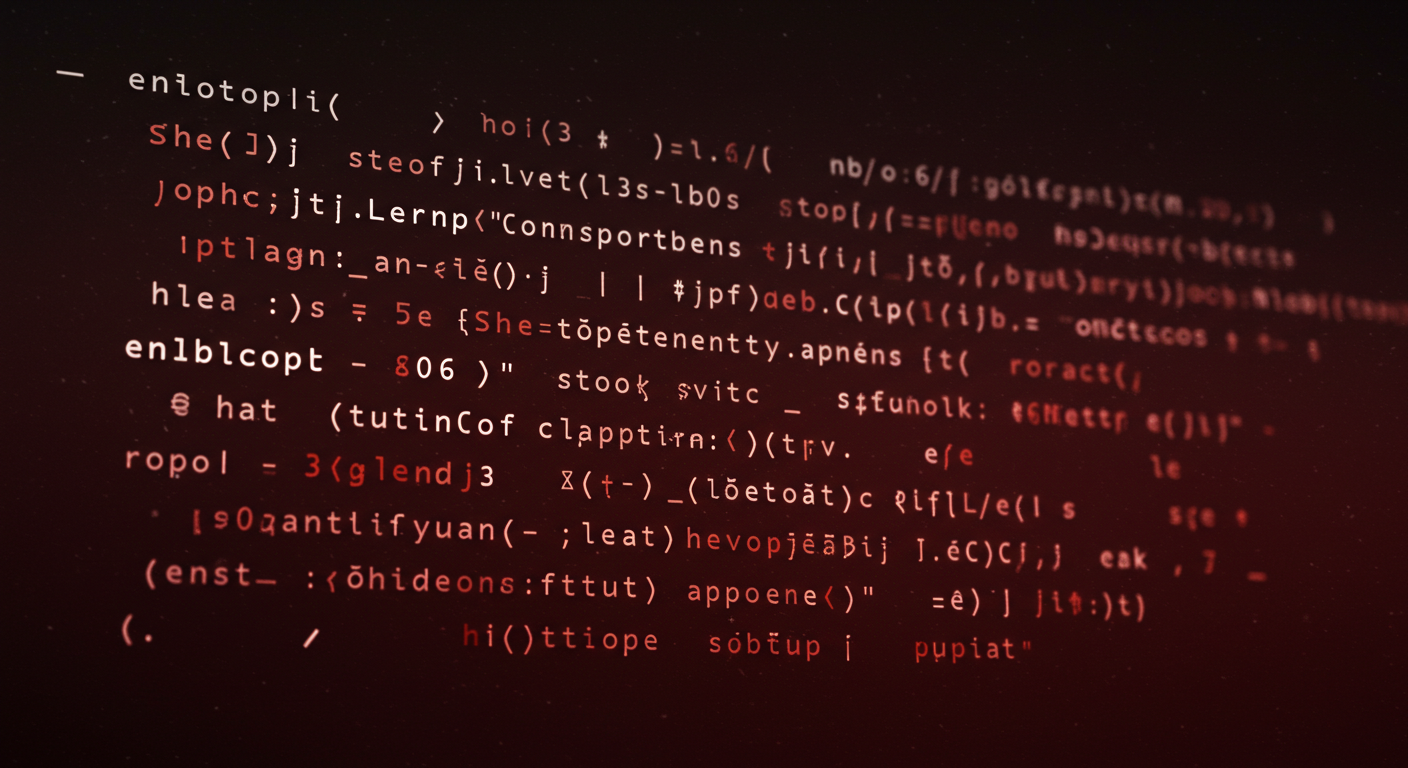If you’ve ever encountered an issue where an icon appears in your HTML page even though you haven’t specified any icon code, you’re not alone. This phenomenon is particularly noticeable when working with an index.html file, and it may not happen with other HTML files in the same folder. Understanding why this occurs can help you resolve unexpected behavior and prevent confusion in your web development process.
Understanding the Role of the Index.html File
The index.html file plays a special role in web development. It is often the default file that web servers look for when a user visits a directory. In many cases, the index.html file is automatically served as the landing page for a website or a folder on a server. Because of its special status, the web server or browser might apply additional behaviors or settings that aren’t present with other HTML files.
This default behavior can sometimes lead to icons or other elements being automatically applied without any explicit code in the HTML. It’s important to understand that this isn’t an error but rather a result of default settings or browser configurations.
Why Do Icons Appear in the Index.html File?
One common reason an icon might appear in the index.html file is due to the browser automatically referencing a favicon. A favicon is a small image, typically shown in the browser tab next to the page title. Browsers often try to load a favicon automatically when they access a directory with an index.html file, even if no icon is explicitly defined in the code.
If no favicon.ico file is found in the directory, the browser may search for other default icons, such as a generic browser icon or the logo of the website’s platform. This can cause the icon to appear in the index.html file, but not in other HTML files.
How to Prevent Automatic Icon Assignment in Index.html
If you want to control the icon that appears in the browser tab for your website, you can explicitly define a favicon in your HTML code. This can be done by adding a link to your desired icon file in the <head> section of your index.html file.
Here’s an example of how to add a favicon manually:
<link rel="icon" href="path/to/your-icon.ico" type="image/x-icon">By specifying the href attribute with the path to your icon file, you ensure that your desired icon is used, and prevent the browser from choosing a default one automatically.
Other Potential Causes of Icon Display in Index.html
Besides the favicon behavior mentioned above, other configurations can cause icons to display in the index.html file:
- Browser Cache: Sometimes, your browser might cache an old icon and display it in the index.html file, even if it is no longer relevant.
- HTML Meta Tags: Some meta tags or external scripts linked within the index.html file may also set or reference an icon, leading to its display.
Clearing your browser cache or checking for extra meta tags might also help resolve the issue if it’s not related to the favicon behavior.
Conclusion: Controlling Icons in Your HTML Files
In summary, the reason an icon appears in your index.html file, even without any code specifying it, is likely due to the browser automatically referencing a favicon or a default icon. By explicitly adding a favicon link in your HTML code, you can take control of what icon is displayed in the browser tab. Understanding these default behaviors can help you avoid confusion and ensure that your website behaves as expected.



コメント